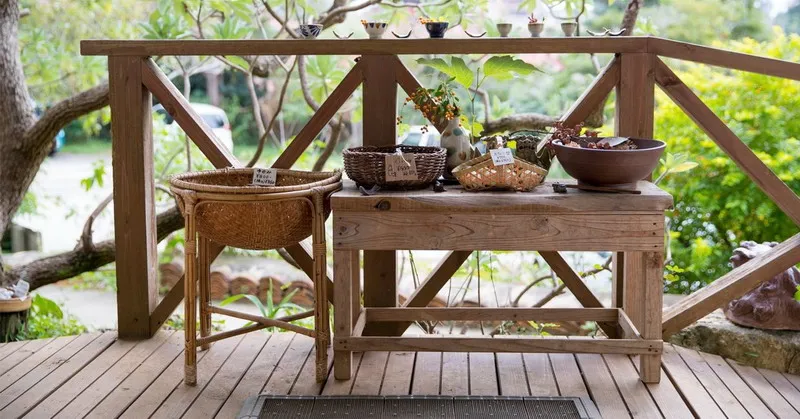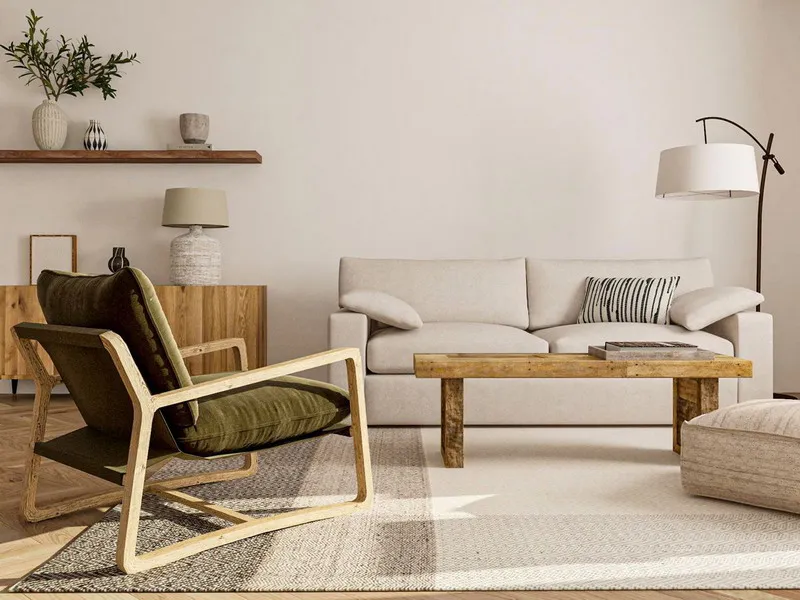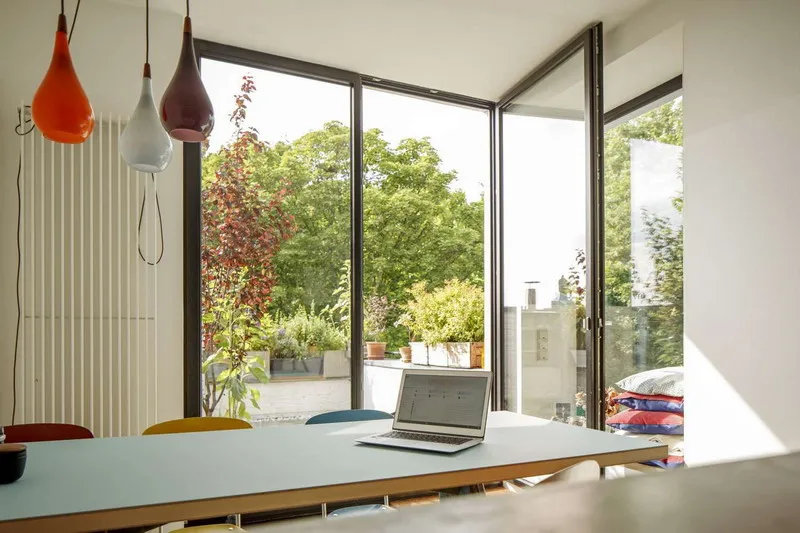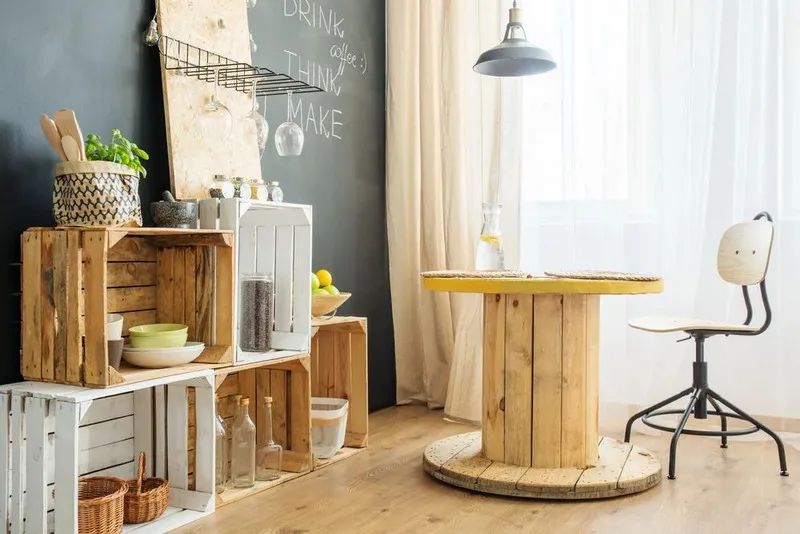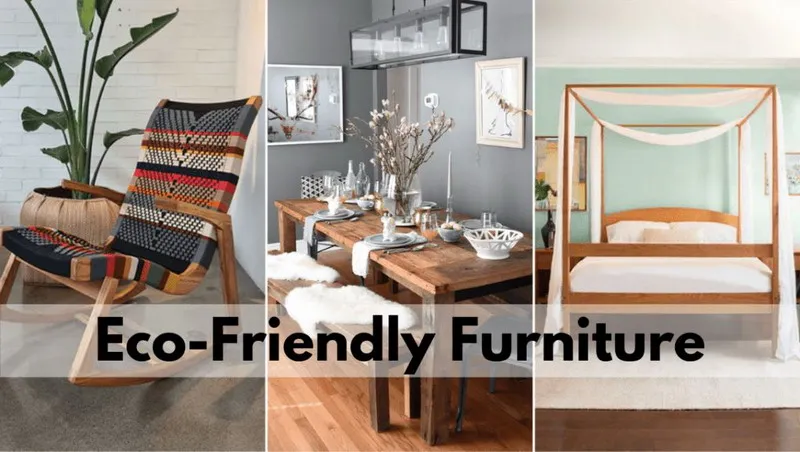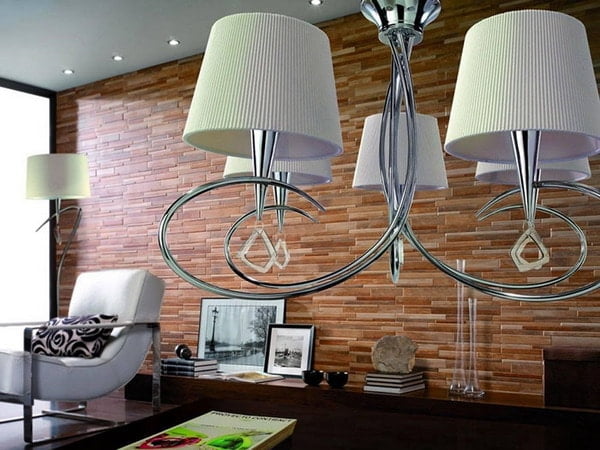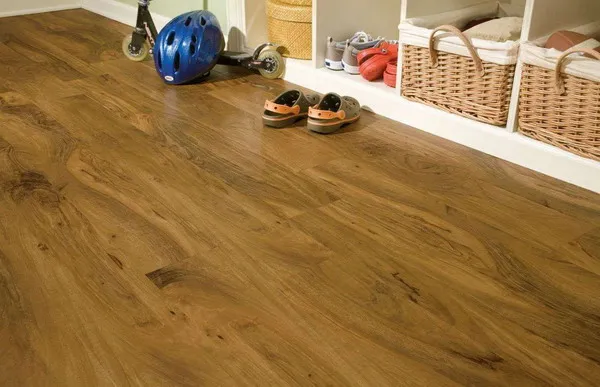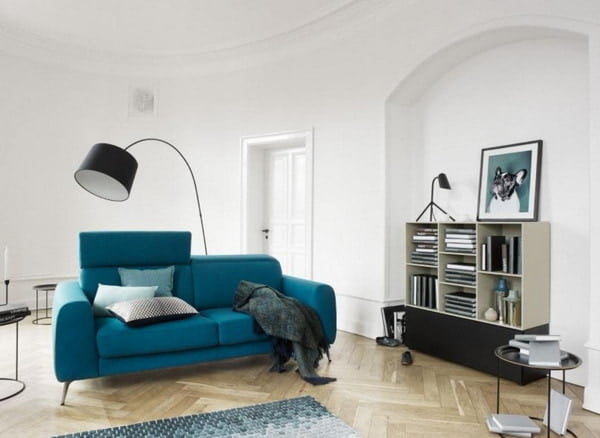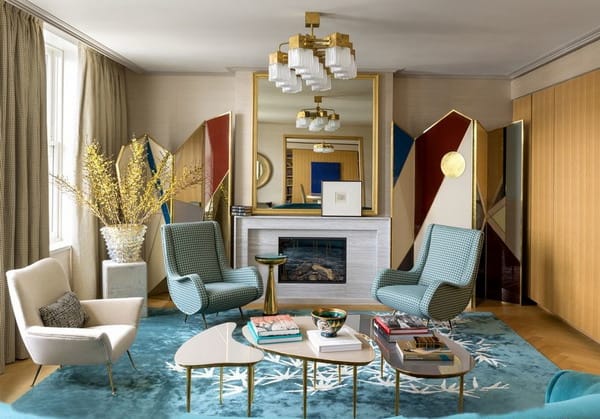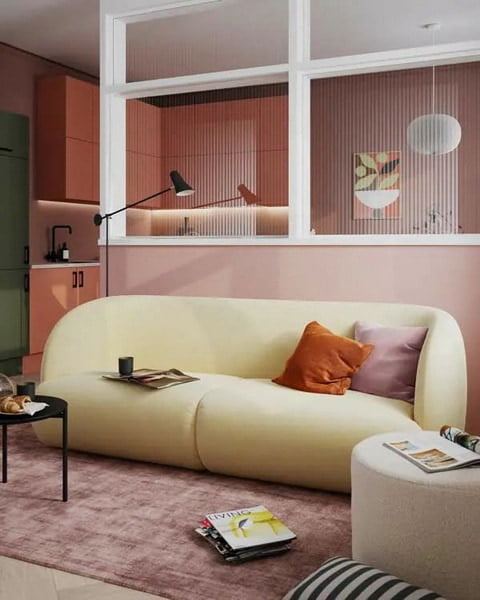Eco-friendly Furniture Designs 2025
Last Updated on May 4, 2024 by zeidqi
In 2025, Eco-friendly Furniture transcends mere design aesthetics; it embodies a commitment to sustainability, responsible resourcing, and a harmonious coexistence with our planet. As we delve into the era of conscious living, eco-friendly furniture is no longer just a trend but a way of life, defined by designs that blend seamlessly with nature while leaving a minimal ecological footprint.
The growing importance of sustainability in furniture choices mirrors a collective awareness of our environmental impact. In a world where every decision counts, the furniture we choose plays a significant role in shaping a more sustainable future. The choices we make today echo beyond our homes, influencing the broader movement towards responsible consumerism.
Anticipation for the latest eco-friendly furniture trends in 2025 is palpable. With an industry-wide commitment to environmental consciousness, the upcoming options promise a delightful synergy of innovative design, functionality, and a deep-rooted respect for the environment.
Eco-friendly Furniture Materials 2025
The landscape of sustainable materials in 2025 is broad and diverse, featuring an array of options with low environmental impact. From bamboo and cork to hemp and organic cotton, these materials redefine the narrative of eco-friendly furniture, offering both durability and a reduced carbon footprint.
Innovations in recycled and upcycled materials are at the forefront of sustainable furniture design. In 2025, expect to see furniture crafted from repurposed plastics, discarded textiles, and even salvaged metals. These creative endeavors not only reduce waste but also transform the discarded into beautiful, functional pieces.
The popularity of reclaimed wood in furniture design 2025 continues to rise. With a weathered charm and a story to tell, reclaimed wood furniture not only adds character to spaces but also reduces the demand for newly harvested timber, contributing to forest conservation efforts.
Minimalist Furniture Designs 2025
In 2025, minimalist designs take center stage in the realm of eco-friendly furniture. Emphasizing functional and simplistic aesthetics, these designs celebrate the beauty of simplicity, allowing each piece to serve a purpose while minimizing unnecessary embellishments.
Furniture pieces that serve multiple purposes become a hallmark of eco-friendly design. From storage-integrated seating to collapsible tables, these versatile pieces adapt to evolving needs, promoting a clutter-free and adaptable living environment.
The integration of space-saving concepts in eco-friendly furniture 2025 addresses the challenges of modern living. With a focus on compact, multifunctional pieces, these designs cater to urban dwellers seeking both style and practicality in their living spaces.
Green Certification and Standards
Understanding certifications like FSC (Forest Stewardship Council), Cradle to Cradle, and others is essential in navigating the world of eco-friendly furniture. These certifications ensure that the materials used are responsibly sourced, manufactured, and disposed of, adhering to strict environmental standards.
Brands adhering to strict eco-friendly manufacturing standards play a pivotal role in driving sustainable change. In 2025, industry leaders are setting benchmarks by incorporating green practices into their production processes, contributing to a more sustainable and ethical marketplace.
The importance of checking for green certifications when purchasing furniture cannot be overstated. By choosing products with recognized eco-friendly certifications, consumers contribute to a virtuous cycle of sustainability, encouraging responsible practices across the furniture industry.
Indoor Air Quality
Furniture that promotes healthier indoor air is a key consideration in eco-friendly design for 2025. By using non-toxic finishes and adhesives, these pieces contribute to improved indoor air quality, ensuring a safer and healthier living environment.
The benefits of eco-friendly furniture for overall well-being extend beyond sustainability. Non-toxic materials and finishes eliminate harmful off-gassing, reducing the risk of respiratory issues and creating a space that promotes the holistic well-being of its occupants.
Embracing eco-friendly furniture in 2025 is not just a choice for the planet; it’s an investment in the health and vitality of our homes. By prioritizing materials that enhance indoor air quality, we create living spaces that are not only aesthetically pleasing but also nurturing for our bodies and minds.
Energy-Efficient Manufacturing
Sustainable manufacturing processes are revolutionizing the furniture industry in 2025, ushering in an era of reduced environmental impact. From solar-powered factories to optimized production lines, the overview of sustainable manufacturing is characterized by a commitment to minimizing resource use and waste generation.
The reduction of carbon footprint in furniture production is a key focus, with innovative approaches such as carbon-neutral manufacturing and the utilization of recycled materials. As we tread lightly on the planet, furniture brands are adopting eco-friendly practices that extend beyond the finished product, ensuring sustainability throughout the entire manufacturing lifecycle.
Furniture brands embracing energy-efficient practices in 2025 include pioneers in the industry, such as IKEA and Herman Miller. By investing in renewable energy sources, improving energy efficiency in production processes, and utilizing recycled materials, these brands set an example for a more sustainable future, demonstrating that eco-conscious choices can coexist with high-quality design.
Smart and Sustainable Technology 2025
The integration of smart technology in eco-friendly furniture is a revolutionary trend in 2025, merging modern convenience with sustainable living. From energy-efficient lighting systems to furniture with embedded sensors that optimize energy consumption, technology becomes a catalyst for reducing environmental impact.
Innovative energy-saving features in furniture design include the incorporation of smart sensors that adjust lighting and heating based on occupancy, contributing to reduced energy consumption. As technology continues to advance, the role of smart and sustainable technology becomes pivotal in creating living spaces that prioritize both comfort and ecological responsibility.
Technology plays a crucial role in promoting sustainable living, with smart furniture solutions aligning with the broader movement towards conscious consumption. By incorporating technology into furniture design, homeowners can actively contribute to energy conservation and reduce their ecological footprint.
Upcycling and Repurposing Furniture
Trends in upcycled and repurposed furniture in 2025 highlight a commitment to circular design principles, breathing new life into discarded materials. From reclaimed wood transformed into stylish tables to vintage pieces creatively repurposed, upcycled furniture embodies both sustainability and uniqueness.
DIY projects and customization using existing pieces become a popular way for homeowners to embrace sustainability in 2025. The trend encourages creativity and resourcefulness, allowing individuals to play an active role in reducing waste and contributing to a more eco-conscious lifestyle.
Reducing waste through creative furniture solutions involves not just repurposing existing pieces but also actively seeking out and supporting brands that prioritize upcycling and circular design. By choosing furniture with a history, consumers contribute to a more sustainable approach to consumption, fostering a culture of reuse and resourcefulness.
Affordable Eco-Friendly furniture designs
Accessibility of sustainable furniture for various budgets is a key consideration in 2025. As the demand for eco-friendly options grows, the industry responds with a diverse range of choices, ensuring that sustainability is not exclusive to a particular price range.
Tips for finding budget-friendly eco-friendly furniture in 2025 include exploring second-hand markets, choosing timeless designs, and considering DIY projects. By making informed choices, consumers can align their budget constraints with their commitment to sustainability, creating a win-win scenario for both their wallets and the planet.
Balancing cost and sustainability in furniture choices becomes a nuanced decision-making process. While premium sustainable options exist, the variety of accessible choices in 2025 allows consumers to make eco-conscious decisions that fit their financial constraints, emphasizing the notion that sustainability should be achievable for everyone.
Consumer Awareness
The impact of consumer choices on the furniture industry in 2025 is monumental, influencing how brands approach sustainability and environmental responsibility. As consumers become more informed, their decisions shape the direction of the industry, fostering a culture of transparency and accountability.
Raising awareness about sustainable furniture options is a crucial aspect of the movement towards responsible consumption. From online resources to community initiatives, the dissemination of information empowers consumers to make choices that align with their values and contribute to a greener future.
Encouraging a shift towards responsible consumption involves recognizing the collective power of individual choices. By choosing eco-friendly furniture, consumers actively participate in a broader movement that signals to the industry the demand for sustainability, ultimately influencing positive change and inspiring a more conscious approach to manufacturing and design.
Conclusion
As we recap the key eco-friendly furniture designs for 2025, the landscape of sustainability is characterized by innovation, accessibility, and consumer-driven change. From energy-efficient manufacturing to upcycling trends and smart technology integration, the choices we make in furnishing our homes become a powerful expression of our commitment to a greener, more sustainable future.
I encourage you, dear readers, to make sustainable choices that resonate with your lifestyle and values. Whether through embracing upcycled furniture, supporting brands with eco-friendly practices, or incorporating smart technology, each decision contributes to a collective impact that extends far beyond our homes.
The enduring appeal of eco-conscious decisions lies in the ripple effect they create—inspiring change in industries, fostering a culture of responsibility, and shaping a world where our homes are not just spaces of comfort but also reflections of our dedication to the well-being of the planet. Cheers to the continued journey of sustainable living, where every choice counts towards a more harmonious relationship between us and the environment.
In conclusion, the eco-friendly furniture trends of 2025 go beyond design; they embody a collective commitment to a more sustainable and conscious way of living. As we explore the innovative materials, minimalist designs, and certifications shaping the industry, let’s celebrate the positive impact each eco-friendly choice has on our homes and the planet. In a world where every decision counts, our furniture choices become a powerful expression of our values and a step towards a more harmonious coexistence with nature.

